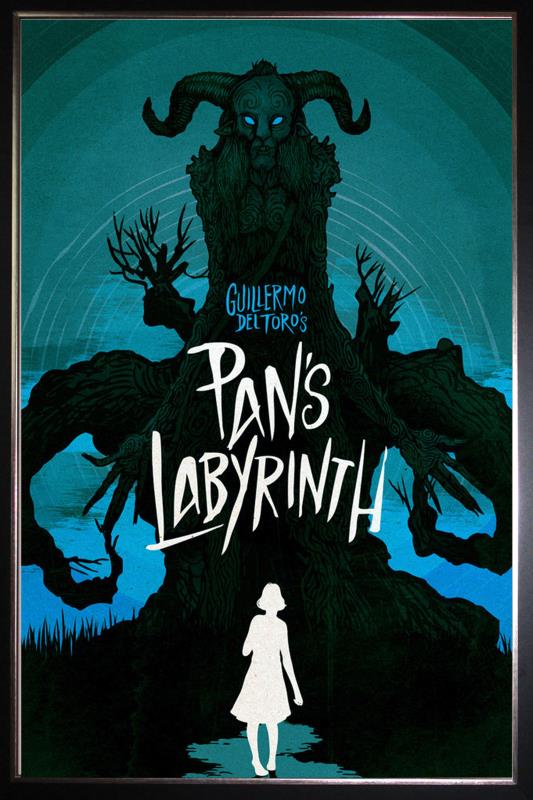
It’s fair to question how a found footage film could even have a score. After all, doing so could threaten to break the typically tenuous suspension of disbelief they require. The most common workaround is using music diegetically (no matter how glaring the choice may end up being). Composer Keefus Ciancia takes a different approach in As Above, So Below by hiding his score within the film’s sound design.
The film follows a group of tomb raiders exploring the depths of the Catacombs of Paris for the fabled philosopher’s stone. It is during this exploration that hell is literally and figuratively thrust upon them. It is into this chaos that Ciancia cleverly sneaks his score.
As the world upends and the unfathomable anguish of Dante’s Inferno becomes unleashed, a vortex of noise rips through the halls of the catacombs. At first, it appears that this is solely the din of humanity’s sins, the coagulated cries of forsaken souls, the Devil’s siren song. But amidst this torment that the characters’ face hides Ciancia’s score. A constant, incomprehensible groan and roar, it is as pummeling and aweing as those cries, and together they create a sonic hell on earth. It’s easy to mistake this as more sound design, but that’s the score’s cleverness.
The score is rather monotone, but that’s a choice born out of necessity. Lush melodies and an array of instrument choices might work better in a traditional narrative film, but here they’d be jarring and threaten to break the film’s thin veil of illusion. A horror lingers beneath Paris, and Ciancia’s only goal is to ensure it consumes us.



